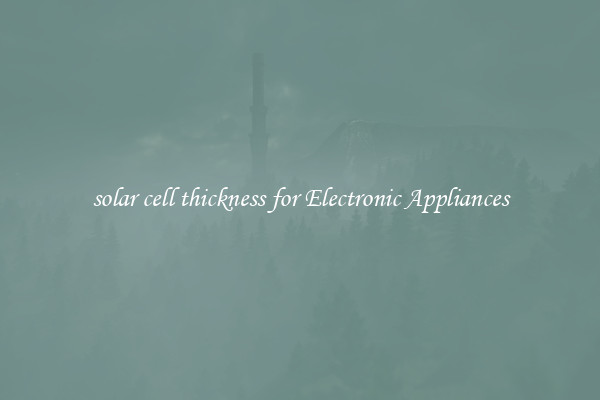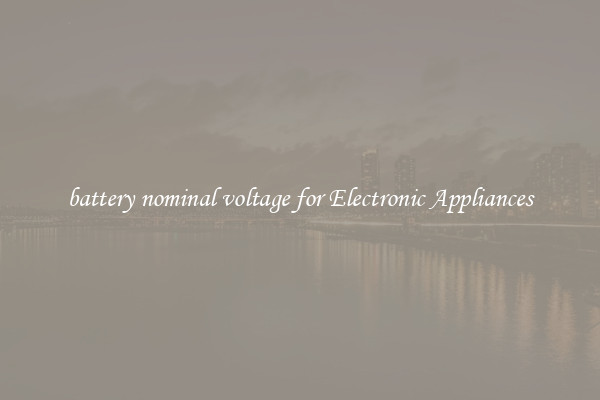solar cell thickness for Electronic Appliances
Solar cells have become an increasingly popular source of energy for electronic appliances due to their sustainability and cost-effectiveness. As technology continues to advance, the thickness of solar cells has become an important factor in their efficiency and performance. In this article, we will explore the significance of solar cell thickness for electronic appliances.

The thickness of a solar cell plays a crucial role in determining its efficiency in converting sunlight into electricity. Thicker solar cells are typically more efficient at capturing sunlight and producing energy than thinner ones. This is because a thicker solar cell can absorb more sunlight and generate more electrical current, resulting in higher energy output.
However, the thickness of a solar cell also has its drawbacks. Thicker solar cells are often heavier and bulkier, which can limit their applications in certain electronic appliances where size and weight are critical factors. Additionally, thicker solar cells may require more materials to manufacture, making them more expensive to produce.
For electronic appliances, the ideal thickness of a solar cell depends on the specific requirements of the device. In some cases, a thinner solar cell may be more appropriate, especially for small, portable devices where size and weight are important considerations. Thinner solar cells can be more flexible and lightweight, making them suitable for applications like solar-powered watches, calculators, and other small electronic gadgets.
On the other hand, larger electronic appliances like solar-powered refrigerators, air conditioners, and water heaters may benefit from thicker solar cells that can generate more energy to power these energy-intensive devices. Thicker solar cells are also more durable and long-lasting, making them ideal for outdoor appliances that are exposed to harsh weather conditions.
In recent years, advancements in solar cell technology have allowed for the development of ultra-thin solar cells that are both lightweight and efficient. These thin-film solar cells are made from materials like amorphous silicon, cadmium telluride, and copper indium gallium selenide, which can be deposited in thin layers on a variety of surfaces. Thin-film solar cells are ideal for integrating into electronic appliances due to their flexibility and lightweight nature.
In conclusion, the thickness of a solar cell is an important factor to consider when choosing a power source for electronic appliances. While thicker solar cells may offer higher efficiency and energy output, thinner solar cells may be more suitable for smaller devices where size and weight are critical. As technology continues to evolve, advancements in solar cell technology will continue to offer a range of options for powering electronic appliances in a sustainable and efficient manner.

View details

View details

View details

View details








